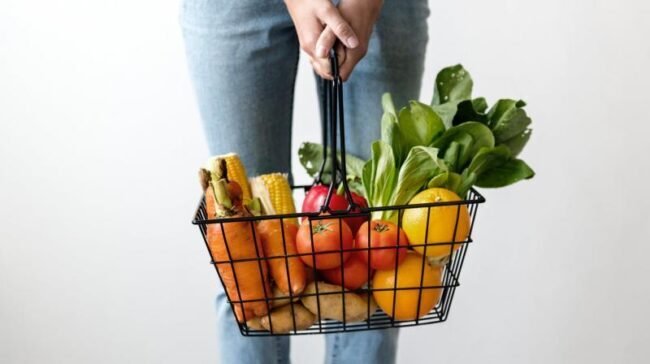These are just a few examples of the sources of dangerous chemicals in our diet. To minimize exposure to harmful substances, it’s important to choose organic produce when possible, wash fruits and vegetables thoroughly, avoid processed and packaged foods with artificial additives, and use safe food.
Here are some common ones:
- Pesticides and Herbicides: Residues of pesticides and herbicides used in agriculture can contaminate fruits, vegetables, grains, and other food products. Prolonged exposure to these chemicals has been linked to various health issues, including cancer, hormone disruption, and neurological disorders.
- Heavy Metals: Contamination of food with heavy metals such as lead, arsenic, cadmium, and mercury can occur through soil, water, and air pollution. Fish, seafood, rice, and certain vegetables are known to accumulate these metals. Chronic exposure to heavy metals can lead to serious health problems, including kidney damage, neurological disorders, and developmental issues in children.
- Food Additives: Some food additives, such as artificial colors, flavors, preservatives, and sweeteners, may have harmful effects on health. For example, artificial colors like tartrazine and sunset yellow have been associated with hyperactivity in children, while certain preservatives like nitrites and nitrates have been linked to an increased risk of cancer.
- Contaminated Water: Water used in food preparation, irrigation, and processing can contain harmful chemicals such as chlorine, fluoride, and chloramine. Additionally, water sources contaminated with industrial pollutants or agricultural runoff can introduce toxins into the food supply.
- Plastic Packaging: Chemicals from plastic packaging materials can leach into food, especially when exposed to heat or acidic conditions. Bisphenol A (BPA) and phthalates are two common examples of chemicals found in plastics that have been linked to hormone disruption, reproductive problems, and other health issues.
- Food Storage Containers: Certain materials used in food storage containers, such as polystyrene and polyvinyl chloride (PVC), can release harmful chemicals into food over time, especially when exposed to heat or acidic foods.
- Processed Foods: Processed and packaged foods often contain a variety of additives, preservatives, flavor enhancers, and stabilizers, some of which may have adverse health effects when consumed in large quantities over time.
- Environmental Pollution: Industrial pollutants, including persistent organic pollutants (POPs) like dioxins and polychlorinated biphenyls (PCBs), can accumulate in the environment and bioaccumulate in the food chain, posing risks to human health when consumed through contaminated food.







